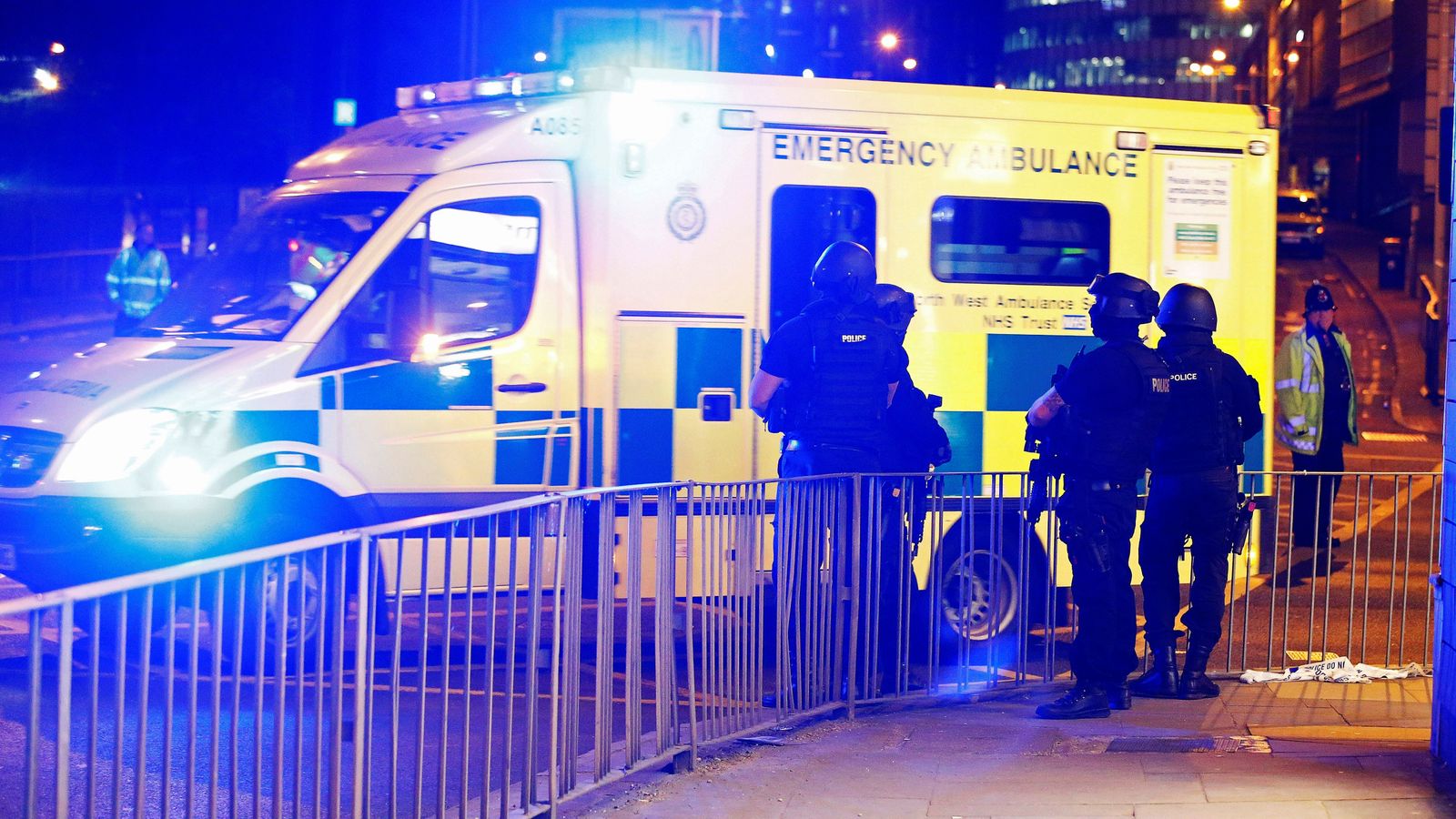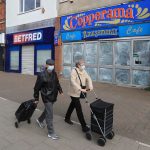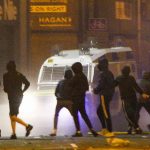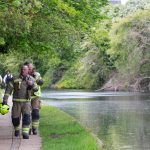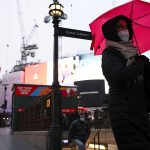The only paramedic to attend the scene of the Manchester Arena bombing for the first 40 minutes did not treat any patients, the inquiry into the 2017 attack has heard.
Patrick Ennis, who “self-deployed” to the arena when he heard there had been an explosion, did not treat any patients because he had been trained to triage and not to tend to casualties.
Police officers in the City Room became increasingly desperate for help and one was heard on his bodyworn camera saying: “We need paramedics like f**king yesterday.”
Mr Ennis was eventually joined by two colleagues in the City Room foyer who also did not treat patients for the same reason.
Meanwhile, the first patient was not taken to hospital from the casualty clearing station until an hour and 11 minutes after the explosion, because paramedics were busy treating victims meaning their vehicles had no drivers.
Sir John Saunders, the chairman of the inquiry, said it was “concerning” there were “loads of ambulance sitting there and you can’t get any patients to hospital because there no one to drive them”.
The last casualty to be carried from the City Room, who had two broken legs, was not evacuated for an hour and eight minutes, and was not taken to hospital until more than four hours after the blast.
Sir John asked Gerard Blezard, director of operations at North West Ambulance Service (NWAS), the most senior officer to give evidence in the 23 weeks they have been examining the emergency response: “If this were to happen again, would the same delay occur?”
“Potentially because the resources aren’t available,” Mr Blezard said.
The inquiry was told officers from Greater Manchester Police and British Transport Police along with first aiders from the arena and members of the public were all helping tend to casualties in the foyer while the paramedics performed their risk assessment.
The inquiry has heard ambulance staff have to perform a risk assessment before entering the scene of the explosion.
The police were treating the zone as a “cold zone” because armed police had checked the area and sealed it off, the inquiry heard.
But Mr Blezard said he still regards the area as a “warm zone” because there could have been a secondary device or the bomb might have only “partially exploded”.
